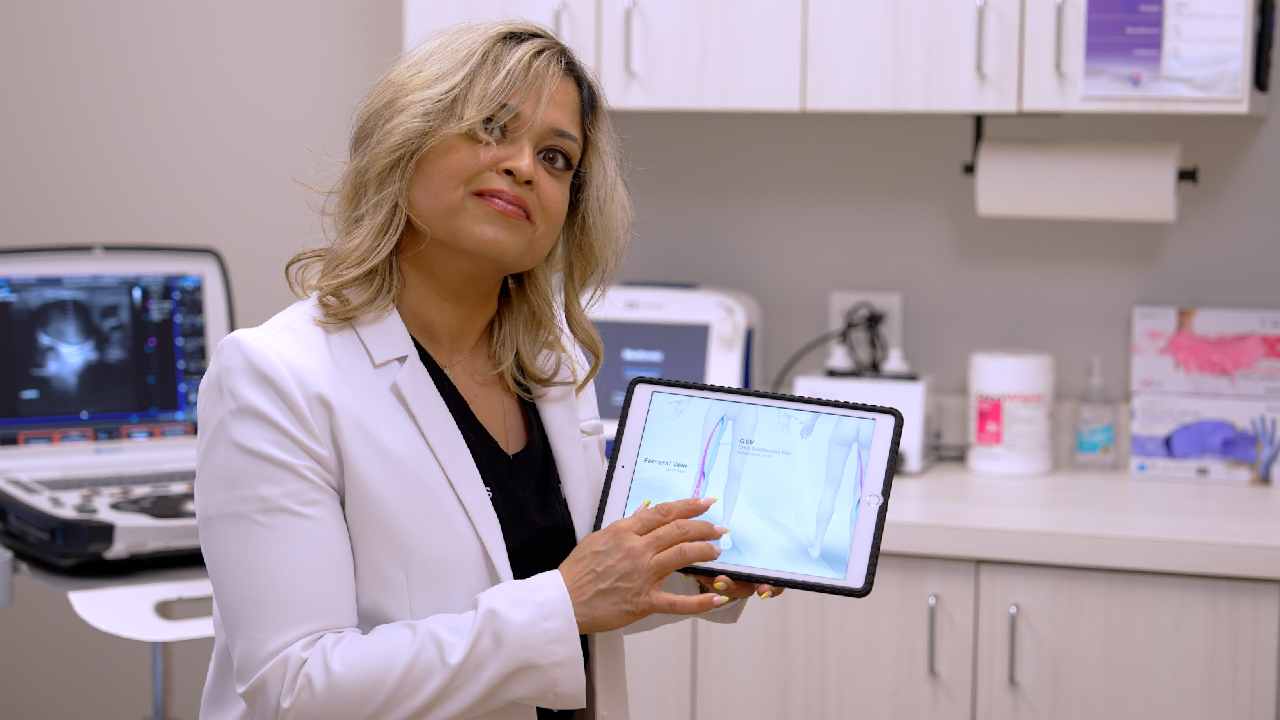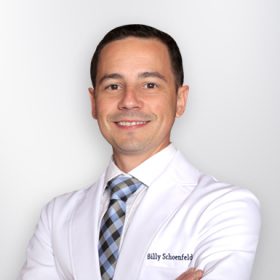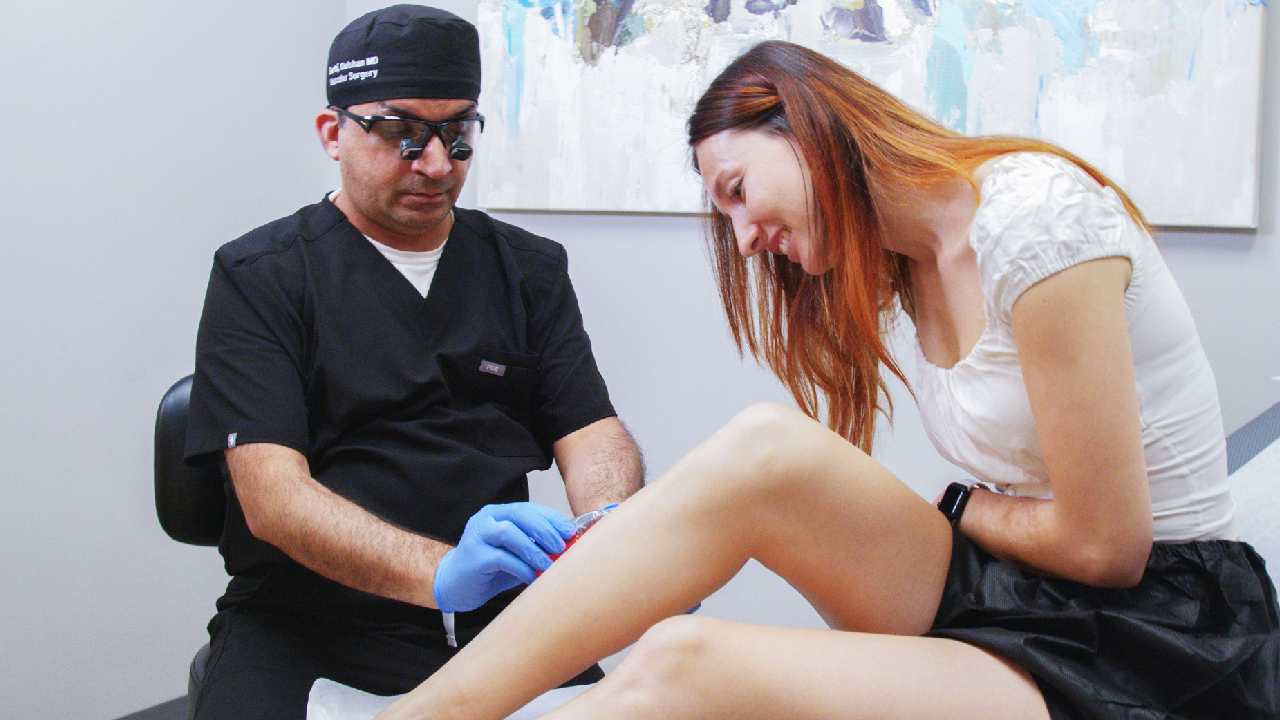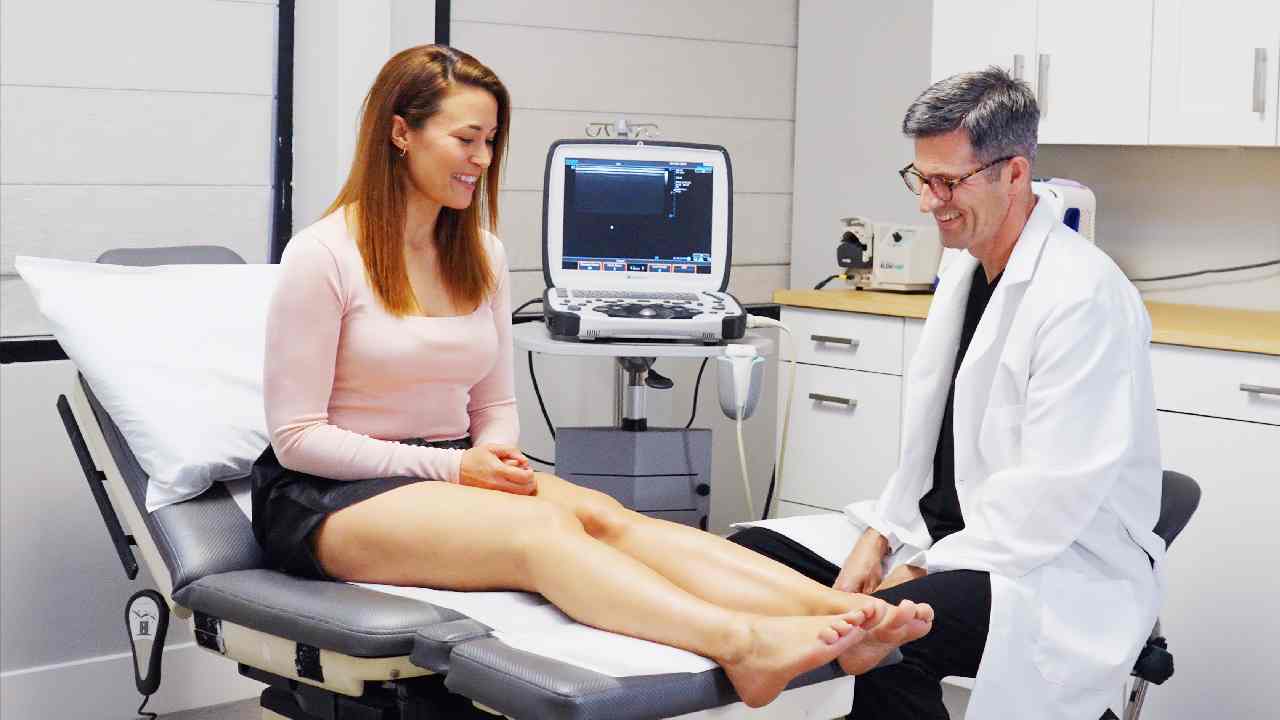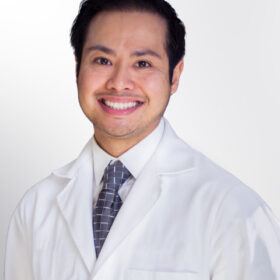
What Are Those Red Blotches on Your Legs?
Have you noticed red or purple web-like veins appearing on your legs? Do they resemble a spider’s web? You might be wondering:
- Are spider veins bad?
- Do I need to see a vein specialist?
- Where can I find a Vein Treatment Clinic near me?
If these questions have crossed your mind, take a deep breath. Spider veins are common, and while they are not always a serious medical issue, they can indicate underlying venous insufficiency. Let’s explore what spider veins are, why they form, and what you can do about them.
What Are Spider Veins?
Spider veins are small, damaged veins close to the skin’s surface that appear as red, blue, or purple web-like patterns. They are commonly found on the legs but can also appear on the face. While some people experience no symptoms, others may develop pain, itching, heaviness, or discomfort in their legs.
Knowing how veins work is important to understanding why spider veins form. Normally, veins carry blood from the legs back to the heart, assisted by one-way valves that prevent blood from flowing backward. When these valves weaken or fail, blood can pool inside the veins, increasing pressure and causing them to expand. This leads to the formation of spider veins or varicose veins.
Are you interested in getting more information about your condition or getting a treatment?
Fill the form below to start!
Are Spider Veins a Sign of a Bigger Problem?
Spider veins are not dangerous, but they can be an early warning sign of chronic venous insufficiency (CVI). In this progressive condition, blood struggles to circulate properly in the legs. If left untreated, CVI can lead to:
- Increased vein visibility (progressing from spider veins to varicose veins)
- Leg pain, heaviness, and swelling
- Skin discoloration and irritation
- Venous ulcers (open wounds that take a long time to heal)
If you have persistent discomfort, swelling, or fatigue in your legs, you must schedule an evaluation at a Vein Treatment Clinic to determine if there’s an underlying venous issue.
What Should You Do About Spider Veins?
If you’re concerned about your spider veins, the first step is to consult a vein specialist. At Vein Treatment Clinic, vein doctors use advanced diagnostic tools, such as ultrasound imaging, to assess the health of your veins.
Lifestyle Changes to Prevent Spider Veins
While spider veins cannot be reversed without medical treatment, making small lifestyle adjustments can help prevent them from worsening:
- Exercise regularly to improve circulation
- Avoid prolonged sitting or standing to reduce pressure on leg veins
- Maintain a healthy weight to decrease strain on your veins
- Elevate your legs when resting to help blood flow back to the heart
- Wear medical-grade compression stockings to support circulation
These lifestyle changes can improve symptoms but will not remove existing spider veins. If you want a long-term solution, medical treatments are available.
Medical Treatment for Spider Veins
As you have learned, the answer to your initial question, “Are spider veins bad?” is that the condition itself indicates a health problem that, if left untreated, can progress into a much more severe state. However, there are many suitable ways to address the condition and the appearance of the veins. The following four solutions are well documented, safe to perform, minimally invasive, and regulated by overseeing agencies.
At Vein Treatment Clinic, vein specialists offer minimally invasive treatments to eliminate spider veins safely and effectively.
Radiofrequency Ablation – RFA
Radiofrequency ablation, RFA is a treatment in which heat energy damages the vein to close blood flow entirely. This is completed through a small incision and a local anesthetic. The body reacts over time by absorbing the damaged vessel, and spider-like blotches may fade or disappear. This technique has many advantages: the convenience of treating both legs at one time, a short recovery period, and minimal time off work- if any! Many patients go back to work the same day. The success rate is between 95 and 98%.
Escleroterapia
In Sclerotherapy, a small amount of medicine is injected into the affected vein, causing a blockage that prevents blood from circulating beyond the obstruction. Over time, the area becomes scar tissue that fades, making the vein no longer visible. This procedure is completed quickly, allowing you to return to normal activities immediately. If you have any complications, you can discuss them with the well-informed staff at the Vein Treatment Clinic. Success rates range between 60% and 80%.
Endovenous Laser Ablation – EVLA
Endоvеnоuѕ Laser Ablаtіоn, EVLA, uses laser energy to heat u vein to close it and stop the flow of blood. Only a small incision allows the laser fiber to reach the affected location. The blood is rerouted through a healthy vein. After the procedure, the area is wrapped with a bandage, and follow-up involves wearing compression stockings for a week. The success rate of the procedure is an astounding 97%.
VenaSeal
The VenaSeal procedure involves injecting glue into the vein to block blood flow. The area hardens and then is absorbed by the body. It is a relatively new procedure that was approved in 2015. Recovery time is minimal, and regular activities, including work, can be resumed quickly, if not immediately. The procedure has a stellar success rate of close to 99% and a low risk of complications.
FEATURED POSTS BY VEIN DOCTORS









